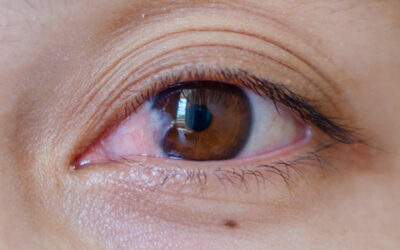Single vision lenses are lenses that are designed to correct one specific type of vision problem, such as nearsightedness, astigmatism, or farsightedness. Here, the prescription your optometrist provides after your eye exam is applied to the whole lens. If you wear prescription glasses solely for reading a book, watching television or driving, there’s a good chance that they may have a single prescription. While single vision lenses can help with either nearsightedness or farsightedness, there will still be some differences between the two in your single vision lens. Specifically, single vision lenses for farsightedness tend to be thicker at the centre, while single vision lenses for nearsightedness are typically thicker at the edges.
Why Choose Single Vision Lenses? Single vision lenses aren’t so much of a choice as they are the best type of prescription lens as recommended (and prescribed) by your optometrist based on the results of your eye assessment. This means that they’re the best type of lens to help you see clearly, which means you gain all the benefits of corrected vision including:
- Reduced eye strain, and resulting eye fatigue
- Improved quality of life with improved vision and eye health
- Protection from harmful UV rays and other environmental factors, such as wind, dust, and debris
- Increased safety while driving, operating machinery, or performing other tasks that require good vision, reducing the risk of accidents caused by poor vision
To learn more about single vision lenses or get your optical prescription from an optometrist, book your annual eye exam at our Queensland and New South Wales clinics by selecting your preferred location here.




